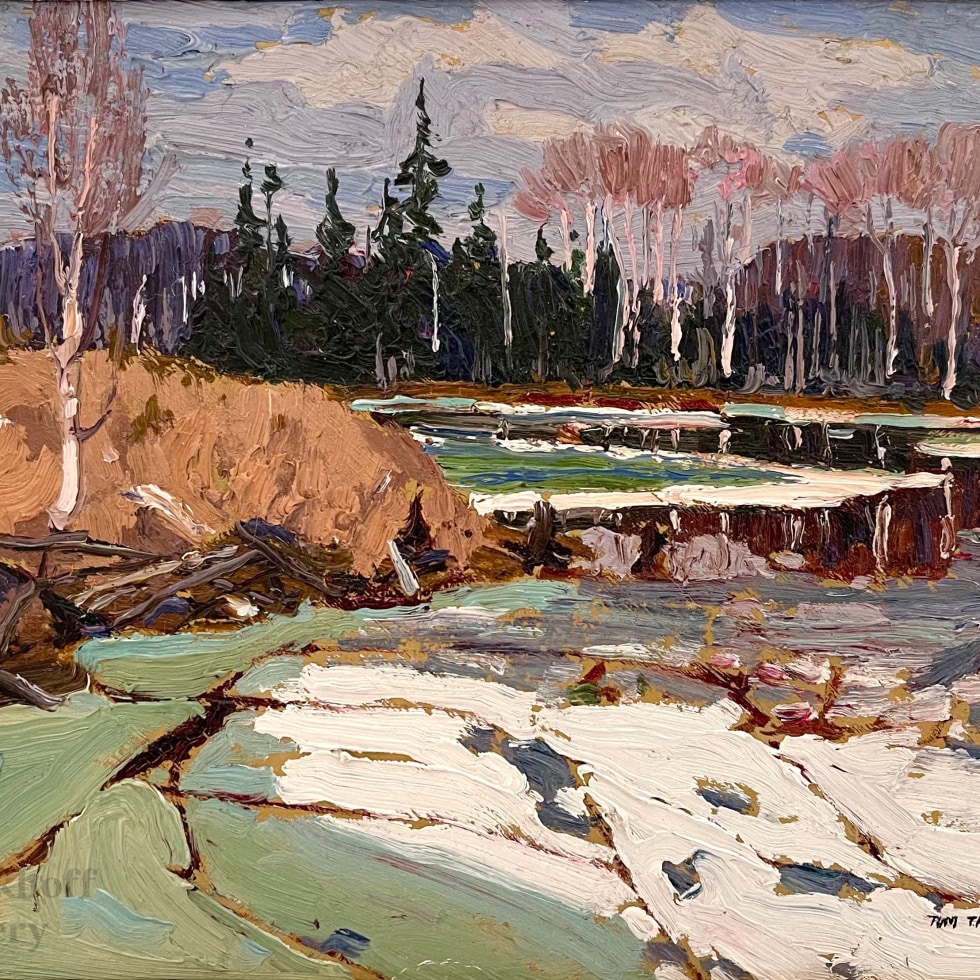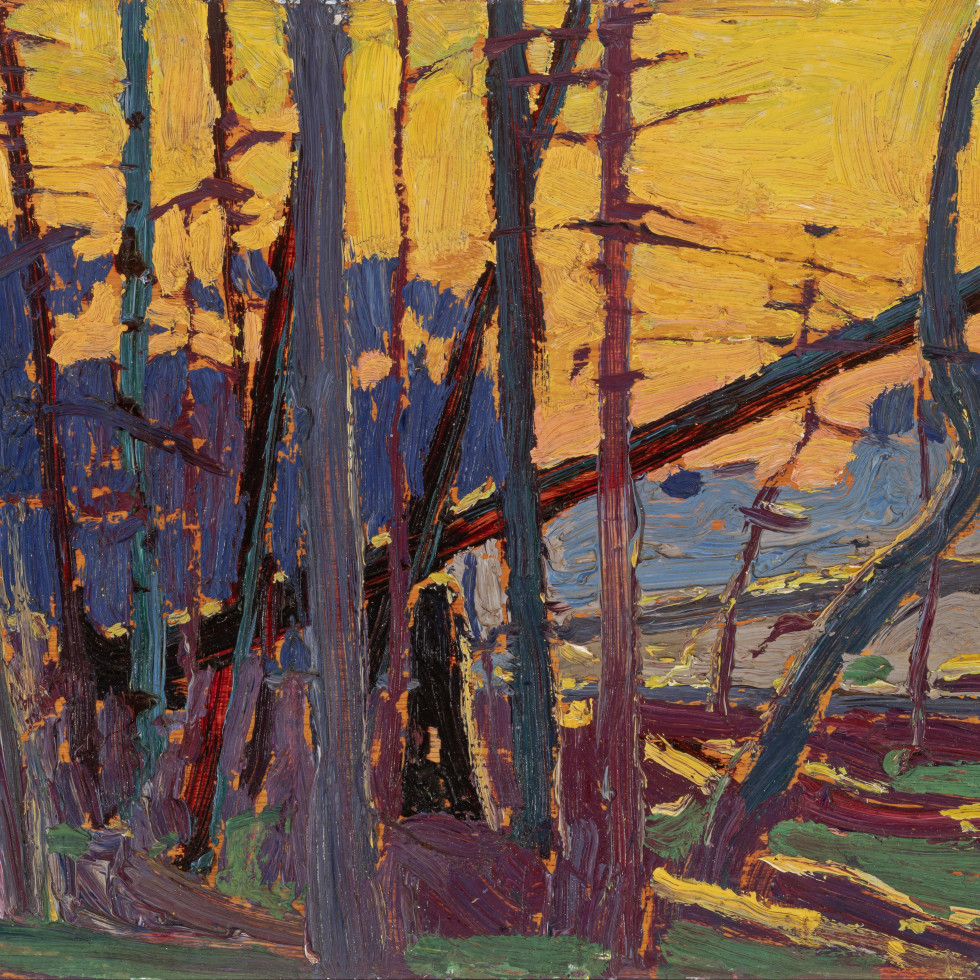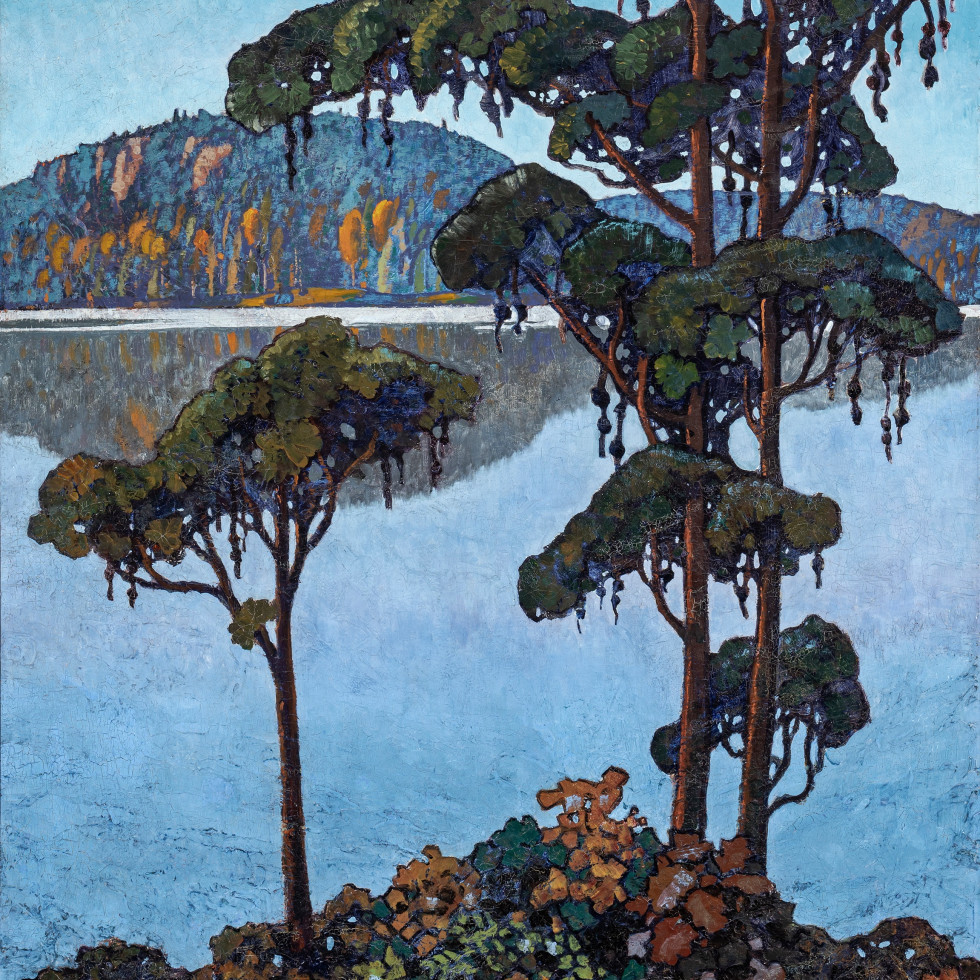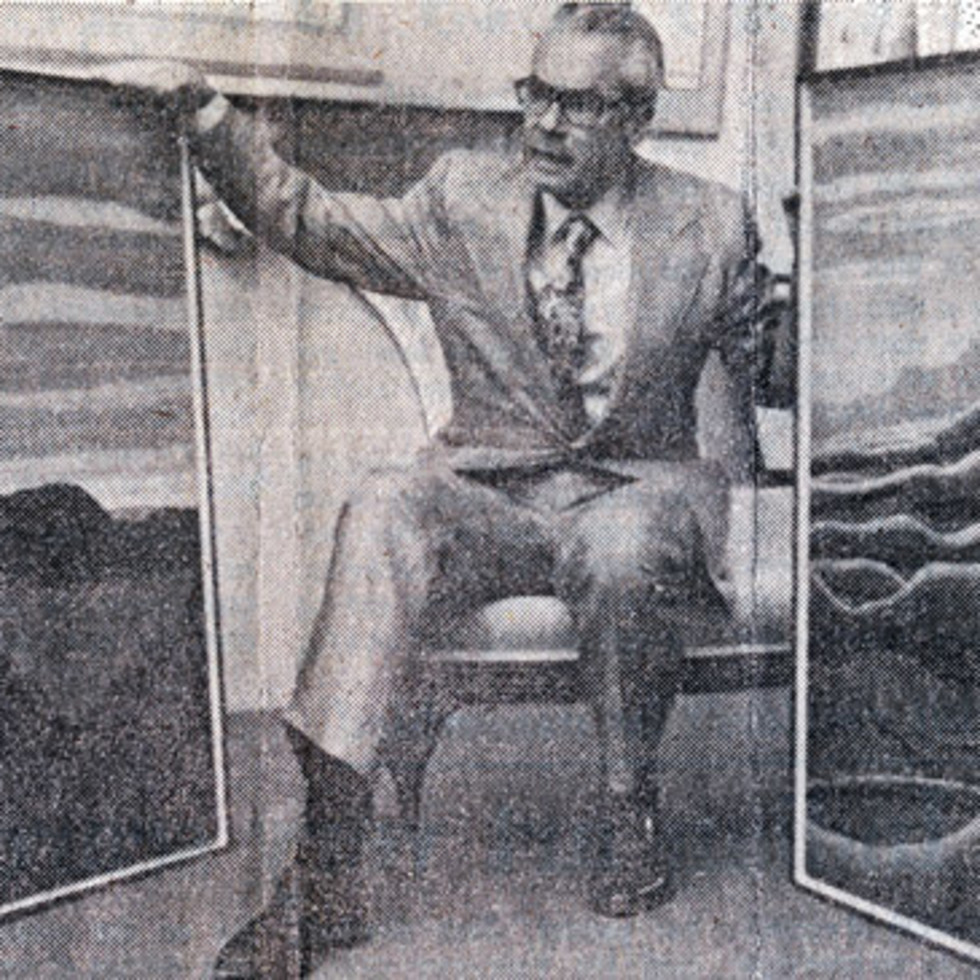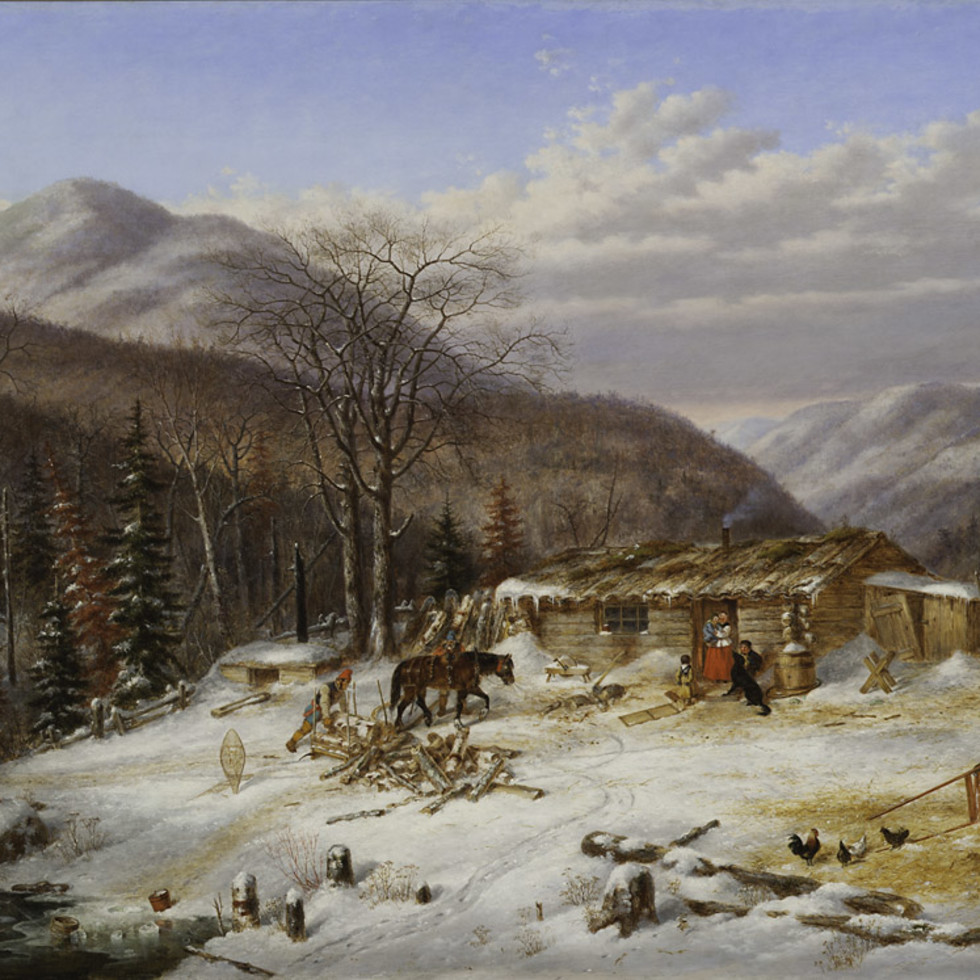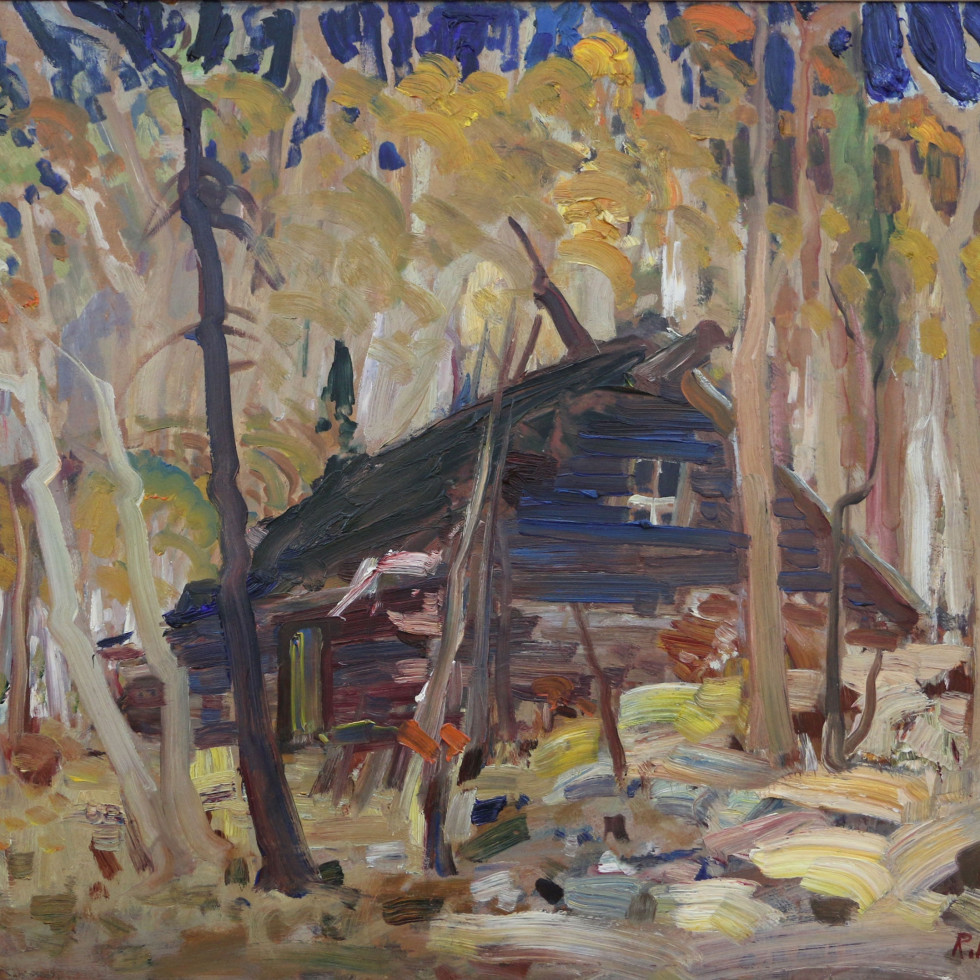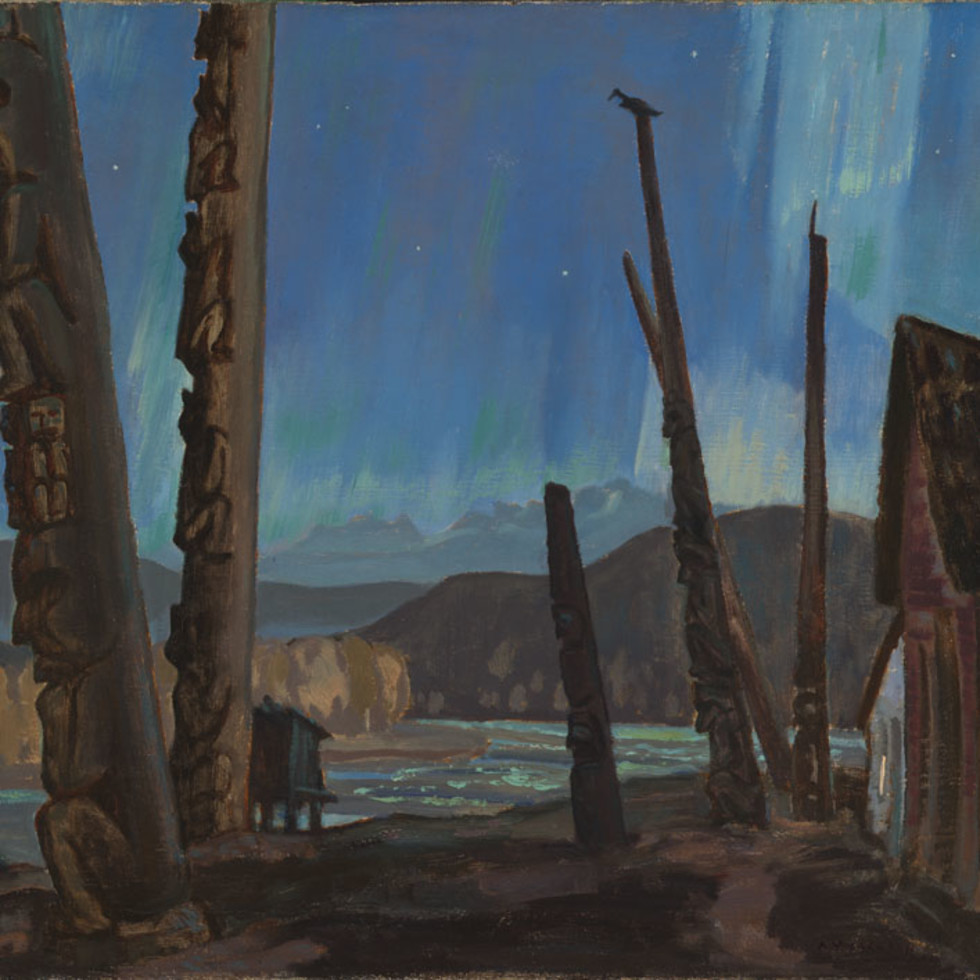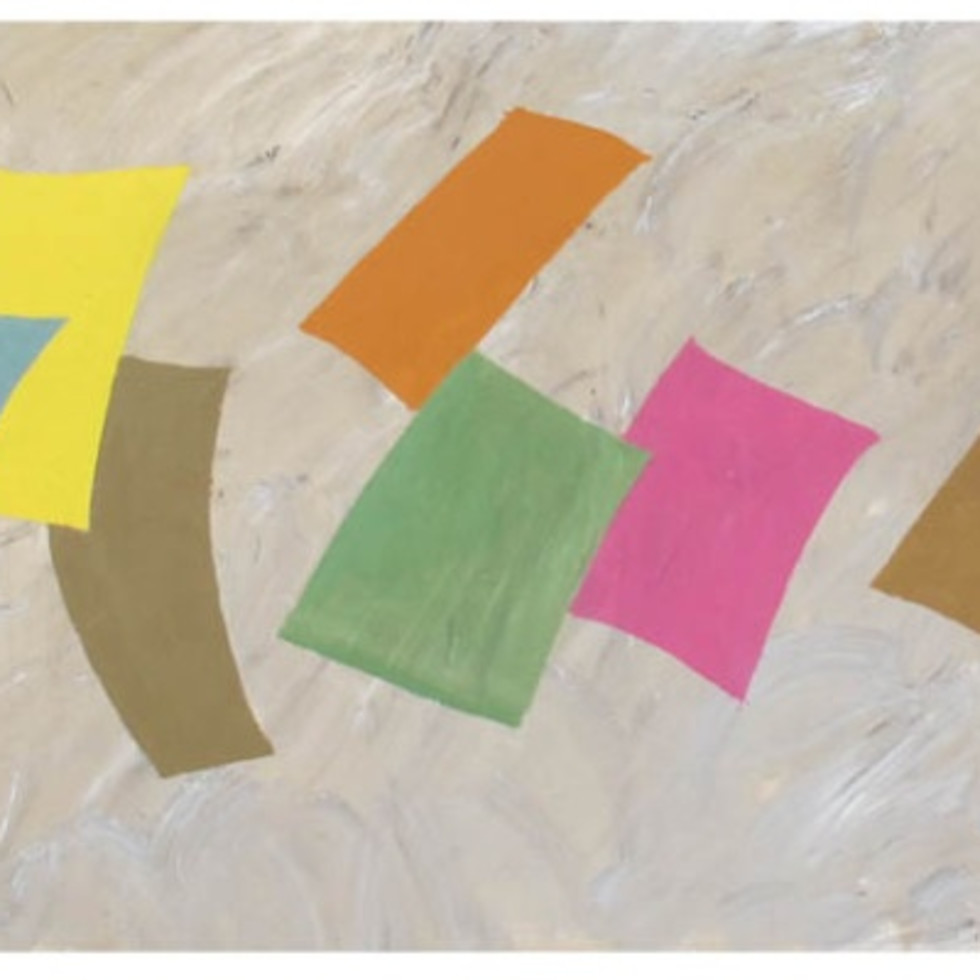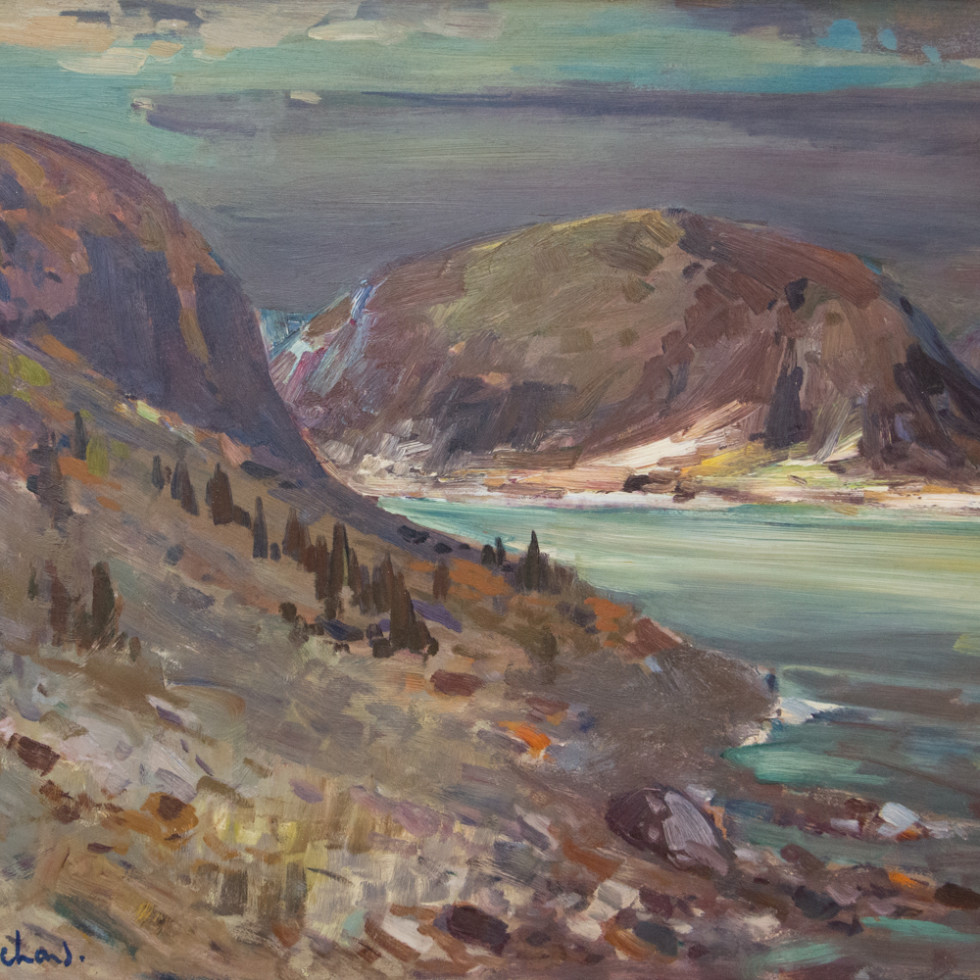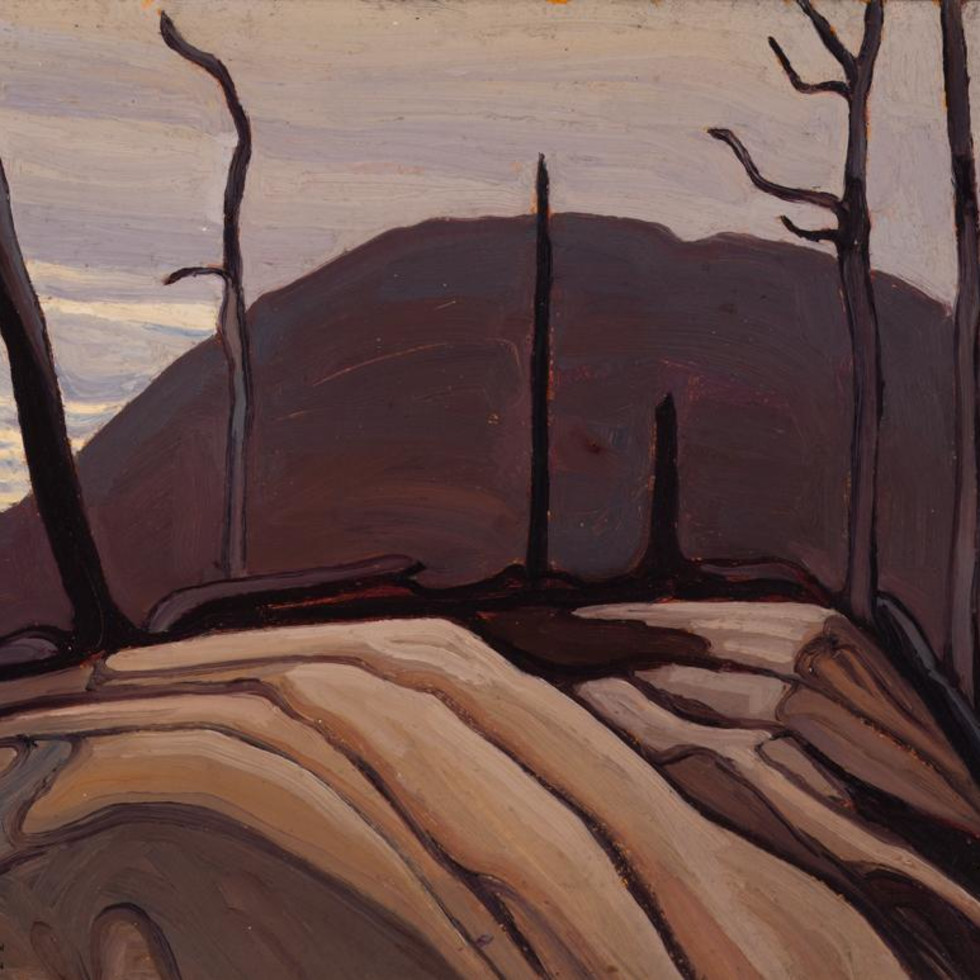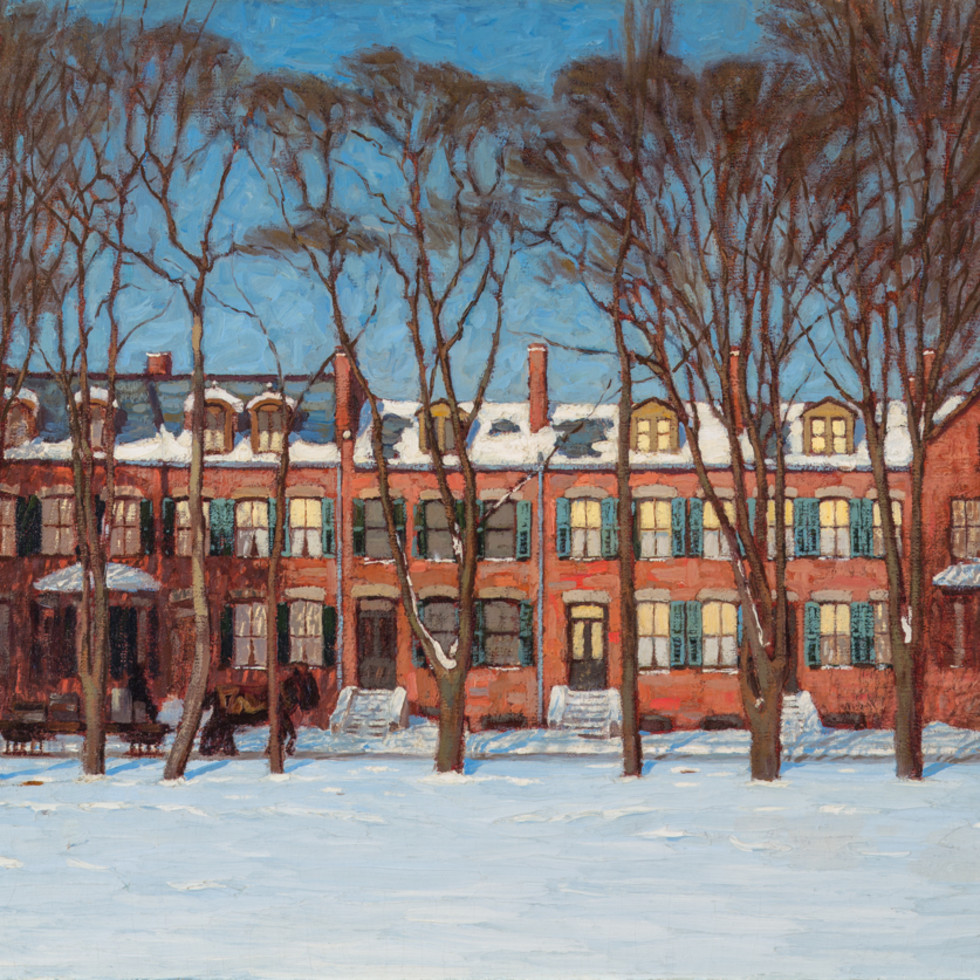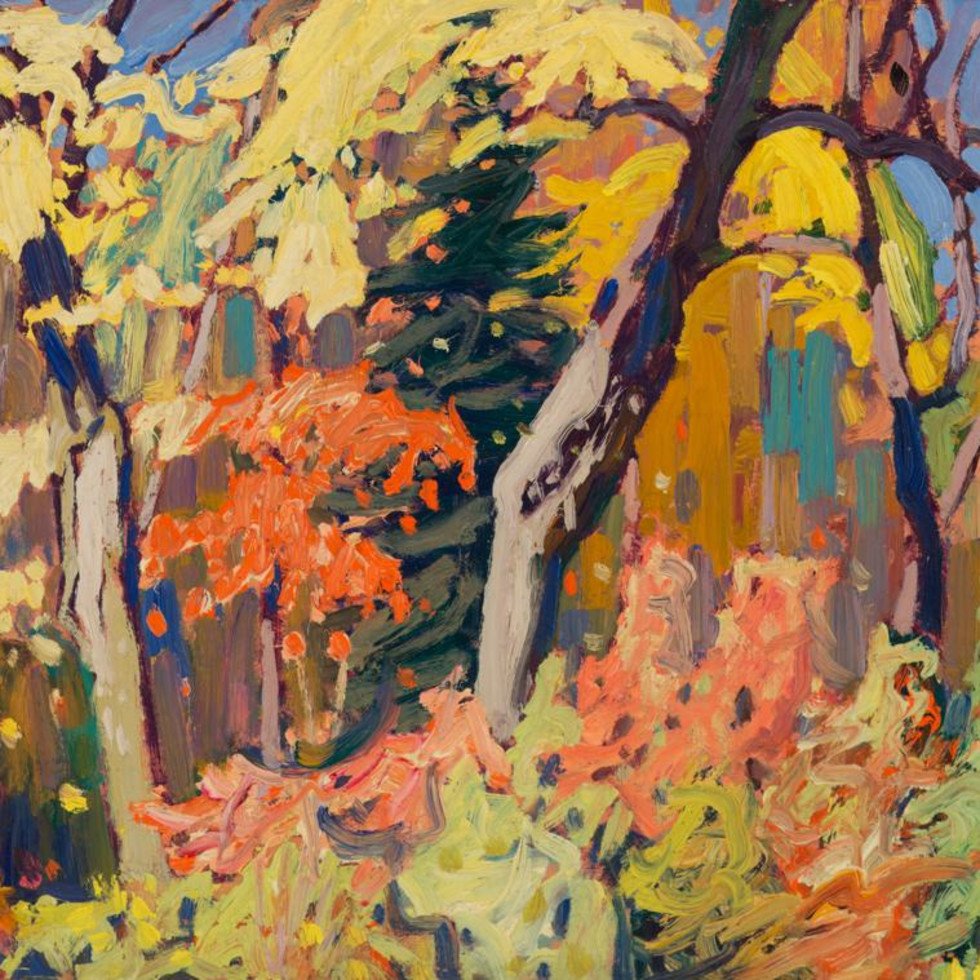Tom Thomson
 "Someday they'll know what I mean."
Tom Thomson
"Someday they'll know what I mean."
Tom Thomson
Tom Thomson was closely associated with the artists of the Group of Seven, but not a member. He was born in Claremont, Ontario, near Owen Sound on August 5, 1877. The sixth of ten children, Thomson was brought up in a creative family. He played both the violin and the mandolin and could draw and paint.
When he was 21-years-old, Thomson apprenticed at a machine shop owned by a close friend of his father but because he was always late for work he was eventually fired. In 1899, Thomson volunteered in the second Boer War. After the war, he enrolled in the Canada Business College in Chatham, but dropped out after only eight months. Thomson then attended the Acme Business College in Seattle, Washington in 1903, which was run by his eldest brother, George. He then returned to Canada in 1904. In 1907, he joined Grip Ltd., an artistic design firm in Toronto, where he became experienced as a draftsman. It is here that he met members of the Group of Seven, as well as at the Arts and Letters Club and together the members took trips around Canada and the Ontario wilderness. He first visited Algonquin Park, Ontario, in 1912 and instantly fell in love with the beauty of the nature around him, which became a major source of inspiration. In 1912, along with several members of the Group of Seven, Thomson began working at Rous and Mann Press, but then left the following year to become a full-time artist, with the support of Dr. James MacCallum.
Thomson first exhibited with the Ontario Society of Artists in 1913 and became a member in 1914, when the National Gallery of Canada purchased one of his paintings. He then continued to exhibit with the Ontario Society until his death. Over the years, Thomson shared homes with other artists and shared studios with A.Y. Jackson and Franklin Carmichael at the Studio Building. In 1914, he moved into his own shack on Canoe Lake in Algonquin Park where he worked as a wilderness guide. He was an avid fisherman and often took canoe trips on Canoe Lake. Thomson disappeared during one of these canoe trips on July 8, 1917 and his body was discovered in the lake eight days later. The official cause of death was accidental drowning, but there are still questions about how he actually died.
Thomson left behind around fifty canvases and over 300 sketches. Although he sold few paintings during his lifetime, there were several posthumous exhibitions, including one at Wembley in London, which brought international attention to his work. In 1917, James MacDonald and John Beatty erected a memorial on Canoe Lake where Thomson died, and in 1967 the Tom Thomson Memorial Art Gallery opened in Owen Sound as a tribute to the great artist.





